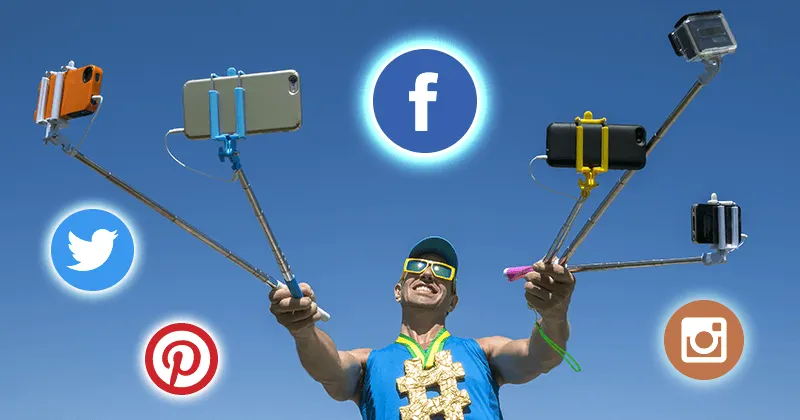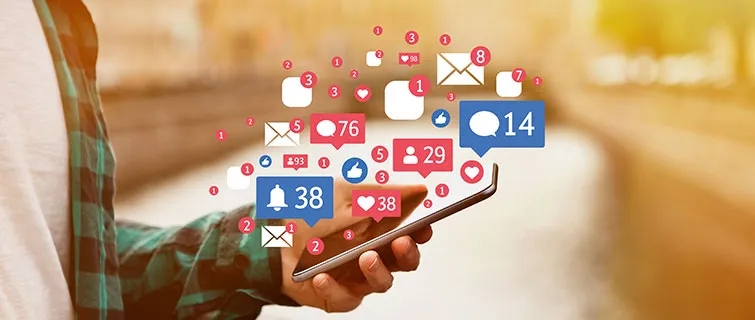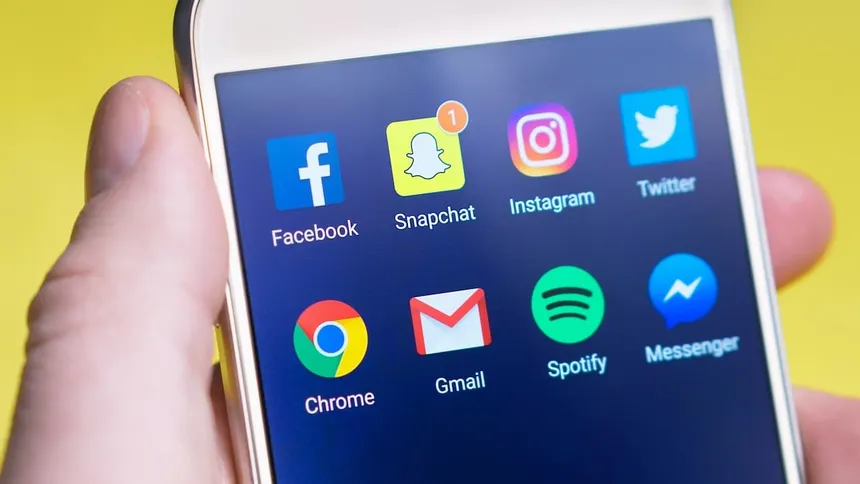In the fast-paced world of social media, timing is everything! Posting at the right time can skyrocket your engagement, while the wrong timing can leave your content unnoticed. Whether you’re an influencer, business owner, or casual user, knowing the best time to post can make a massive difference. This guide will help you understand the ideal posting times for various platforms in the USA, backed by research and real-world trends.
Why Posting Time Matters
Your content’s visibility depends on when your audience is active. Here’s why posting at the right time is crucial:
- Higher Engagement – More likes, shares, and comments.
- Increased Reach – Your post appears on more feeds, gaining organic exposure.
- Better Algorithm Ranking – Platforms prioritize content that gets quick interactions.
- More Conversions – Ideal for businesses looking to increase sales or leads.

Best Time to Post on Different Social Media Platforms
Each social media platform has its own peak activity hours. Here’s a detailed breakdown:
1. Best Time to Post on Instagram
Instagram is highly visual, and its algorithm favors engagement within the first hour of posting. Here are the best times:
- Best Days: Tuesday, Wednesday, and Thursday.
- Best Times: 10 AM – 12 PM and 6 PM – 9 PM (EST).
- Worst Time: Late night (11 PM – 5 AM) as users are less active.
Pro Tips:
- Use Instagram Stories during non-peak hours to stay relevant.
- Avoid weekends unless targeting entertainment or lifestyle audiences.

2. Best Time to Post on Facebook
Facebook’s algorithm prefers content that generates immediate engagement. Here’s when to post:
- Best Days: Monday to Friday.
- Best Times: 9 AM – 11 AM and 1 PM – 3 PM (EST).
- Worst Time: Late evening (8 PM – 5 AM) as engagement drops.
Pro Tips:
- Video posts perform best in the evening (6 PM – 8 PM).
- Facebook Groups have different active hours; experiment with insights.
3. Best Time to Post on Twitter (X)
Twitter is all about real-time conversations, making timing crucial:
- Best Days: Tuesday and Wednesday.
- Best Times: 8 AM – 10 AM and 6 PM – 9 PM (EST).
- Worst Time: Weekends, especially late at night.
Pro Tips:
- Tweet multiple times a day for better visibility.
- Use trending hashtags to boost engagement.

4. Best Time to Post on LinkedIn
LinkedIn is a professional network, making work hours the best posting time:
- Best Days: Tuesday to Thursday.
- Best Times: 7 AM – 9 AM and 5 PM – 6 PM (EST).
- Worst Time: Weekends and late nights.
Pro Tips:
- Post thought leadership content in the morning for better reach.
- Avoid overly promotional content; focus on value-driven posts.
5. Best Time to Post on TikTok
TikTok’s audience is highly active in the evenings:
- Best Days: Thursday to Sunday.
- Best Times: 6 PM – 10 PM (EST).
- Worst Time: Early mornings.
Pro Tips:
- Post short, engaging videos with trending sounds.
- Engage with comments immediately after posting.
6. Best Time to Post on YouTube
YouTube videos perform well when posted before peak viewing hours:
- Best Days: Thursday and Friday.
- Best Times: 2 PM – 4 PM (EST) for evening engagement.
- Worst Time: Early mornings and late nights.
Pro Tips:
- Schedule videos for consistent engagement.
- Optimize with catchy thumbnails and SEO-friendly titles.

Additional Factors Affecting Engagement
Apart from timing, other factors influence social media engagement:
1. Audience Demographics
- Younger audiences (Gen Z, Millennials) are more active at night.
- Professionals engage more during work breaks (LinkedIn, Twitter).
2. Content Type
- Videos and reels perform best in the evening.
- Text-based posts and carousels do well in the morning.
3. Time Zones
- The USA has multiple time zones; consider your target audience’s location.
- Use scheduling tools like Buffer or Hootsuite for optimized posting.
4. Seasonal Trends
- Engagement shifts during holidays and special events.
- Weekends perform differently for different niches.
Tools to Find Your Best Posting Time
If you want to fine-tune your posting schedule, use these tools:
- Instagram Insights & Facebook Analytics – Track when your audience is most active.
- Google Analytics – Analyze website traffic from social media.
- Hootsuite & Buffer – Schedule posts and track engagement.
- TikTok Analytics & YouTube Studio – Get detailed insights on audience activity.
Conclusion
Timing is a game-changer for social media success. While these general guidelines help, always analyze your specific audience’s activity. Experiment with different times, track your engagement, and refine your strategy. Want to go viral? Start posting smartly today!
How to Go Viral on Instagram: Insider Secrets from USA Influencers






